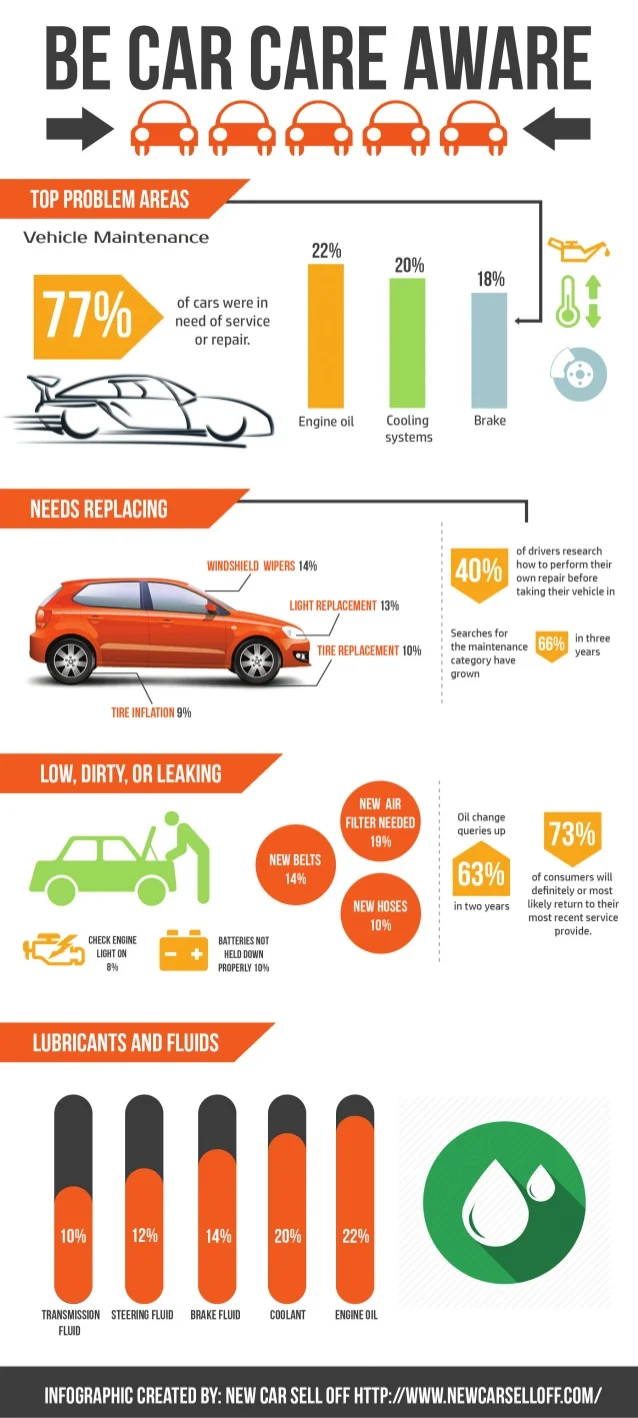Wondering Regarding The Definition Behind Those Control Panel Caution Lights? Gain Insights Into Their Implications For Your Vehicle'S Safety And Security And Upkeep
Wondering Regarding The Definition Behind Those Control Panel Caution Lights? Gain Insights Into Their Implications For Your Vehicle'S Safety And Security And Upkeep
Blog Article
Uploaded By- https://brakechange94837.blogrenanda.com/37280281/a-comprehensive-source-describing-the-important-tools-needed-in-every-automobile-repair-shop-revealing-the-key-elements-for-reliable-car-upkeep
When you lag the wheel, those beautiful warning lights on your control panel can be a little bit complicated. Do you know what they're trying to tell you about your vehicle's health? Understanding the relevance of these lights is crucial for your safety and security and the longevity of your car. So, the next time among those lights turns up, would not you intend to decode its message properly and take the necessary steps to resolve it?
Common Caution Lights and Interpretations
Determine common caution lights in your automobile and comprehend their definitions to make sure risk-free driving.
The most regular warning lights consist of the check engine light, which signals issues with the engine or emissions system. If click this site comes on, it's important to have your vehicle examined without delay.
The oil pressure advising light suggests reduced oil stress, calling for instant attention to prevent engine damages.
A flashing battery light may suggest a defective billing system, potentially leaving you stranded if not resolved.
The tire stress monitoring system (TPMS) light alerts you to low tire pressure, impacting automobile stability and gas effectiveness. Neglecting this might cause hazardous driving problems.
The ABS light indicates a problem with the anti-lock stopping system, jeopardizing your ability to stop rapidly in emergencies.
Lastly, the coolant temperature warning light warns of engine overheating, which can lead to serious damage if not dealt with promptly.
Comprehending these typical warning lights will certainly aid you address concerns quickly and maintain secure driving problems.
Importance of Prompt Attention
Understanding the typical warning lights in your automobile is only the very first step; the relevance of promptly attending to these warnings can not be stressed sufficient to ensure your safety and security on the road.
When a warning light illuminates on your control panel, it's your car's means of connecting a prospective problem that needs interest. Disregarding these cautions can result in extra extreme problems in the future, compromising your safety and possibly costing you more out of commission.
Trigger focus to advising lights can avoid breakdowns and accidents. For example, a blinking check engine light might show a misfire that, if left neglected, can create damage to the catalytic converter. Addressing this without delay can save you from a costly repair service.
Similarly, Click Webpage cautioning light might signal reduced brake fluid or used brake pads, critical parts for your safety and security when driving.
DIY Troubleshooting Tips
If you discover a warning light on your dashboard, there are a few do it yourself repairing ideas you can attempt before seeking professional help.
The first step is to consult your vehicle's guidebook to understand what the details warning light shows. Often the problem can be as basic as a loosened gas cap activating the check engine light. Tightening the gas cap might deal with the problem.
One more usual problem is a low battery, which can trigger different warning lights. Examining the battery links for corrosion and ensuring they're protected may deal with the issue.
If a caution light lingers, you can attempt resetting it by disconnecting the auto's battery for a few mins and after that reconnecting it. Additionally, inspecting your car's liquid degrees, such as oil, coolant, and brake liquid, can assist repair cautioning lights connected to these systems.
Conclusion
To conclude, recognizing your auto's warning lights is crucial for maintaining your vehicle running efficiently and safely. By promptly addressing these informs and knowing what they indicate, you can prevent expensive repair work and possible break downs.
Keep in mind to consult your cars and truck's manual for certain details on each warning light and do something about it accordingly to ensure a hassle-free driving experience.
Remain educated, stay safe on the road!
